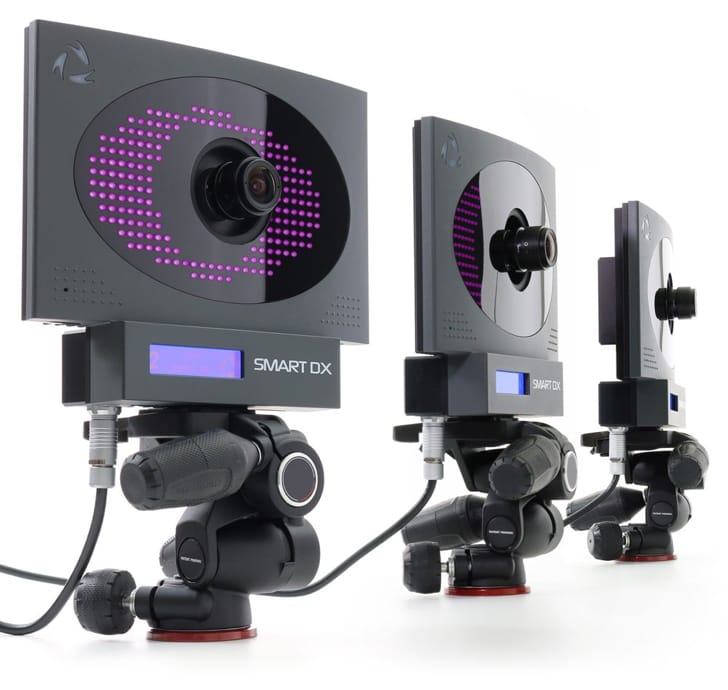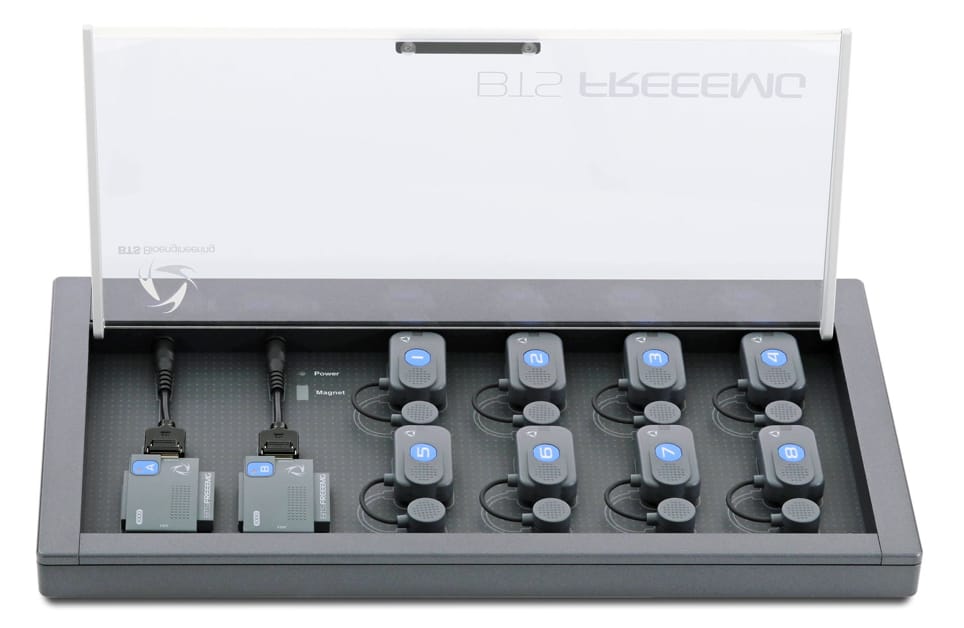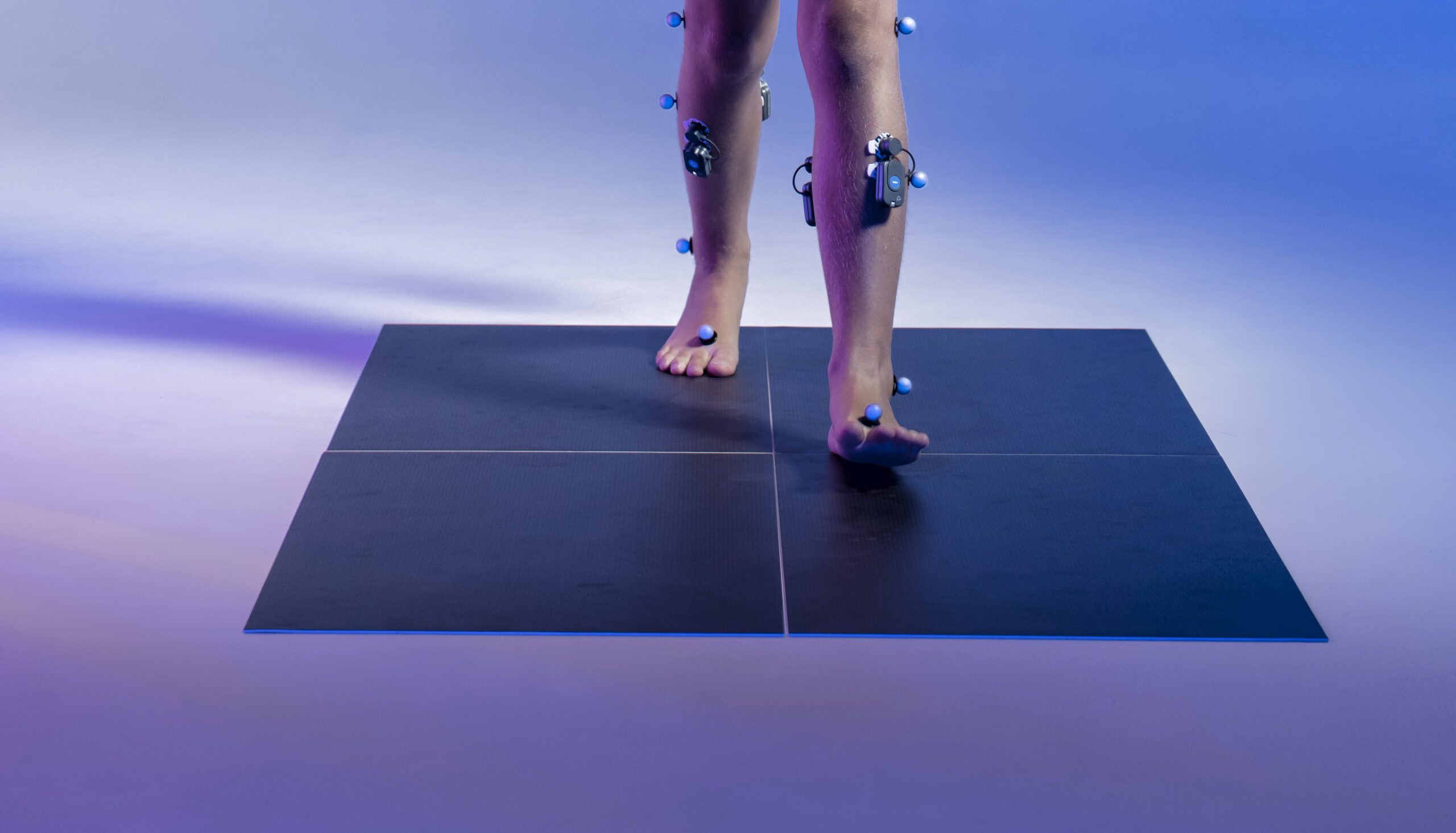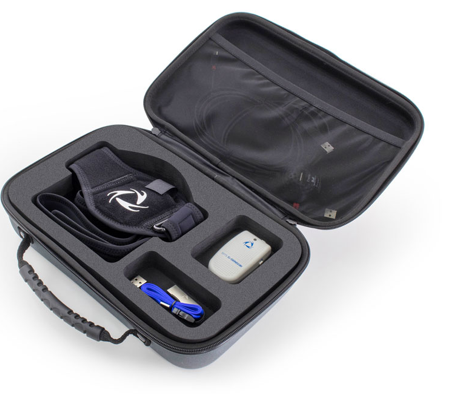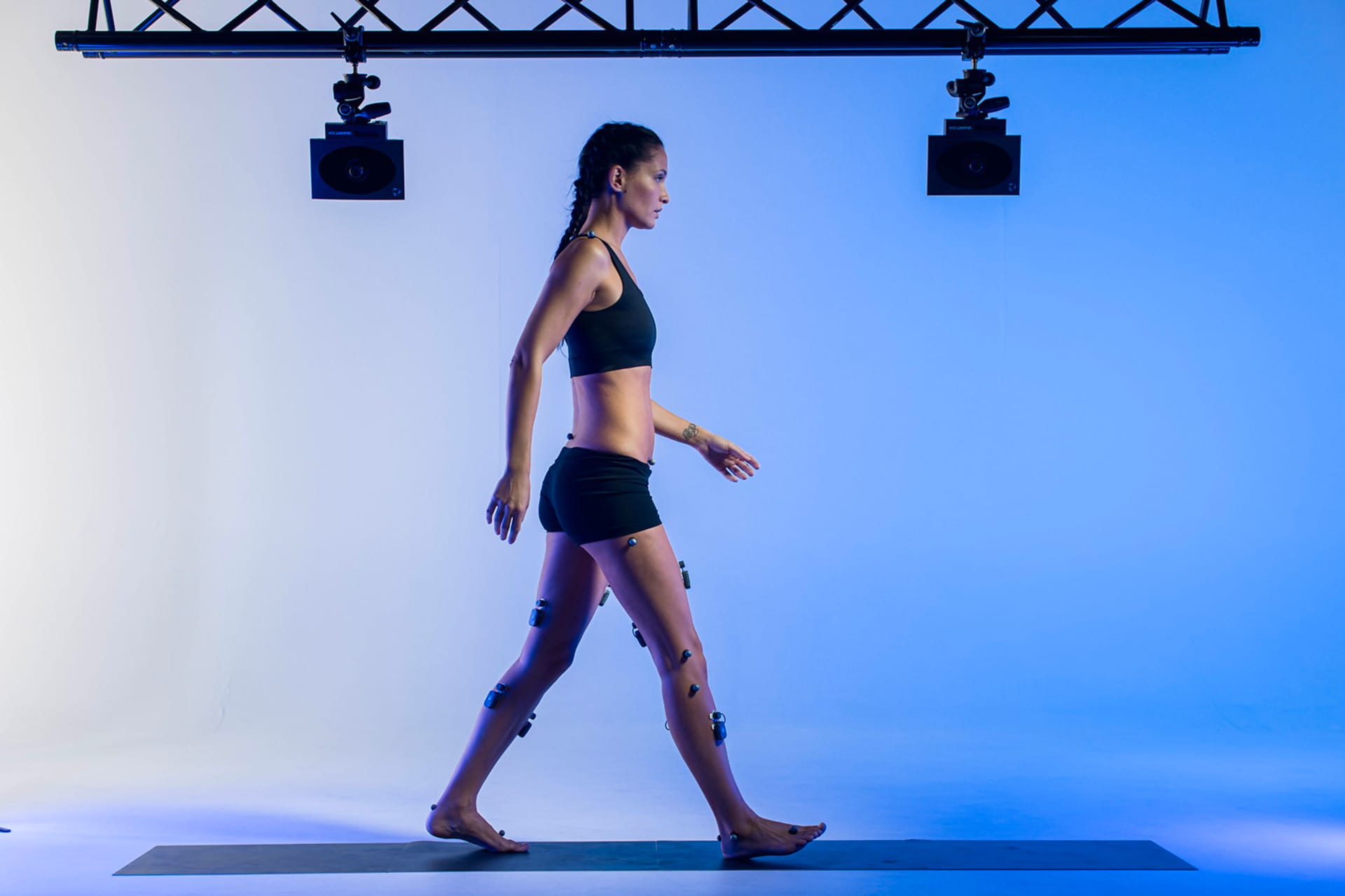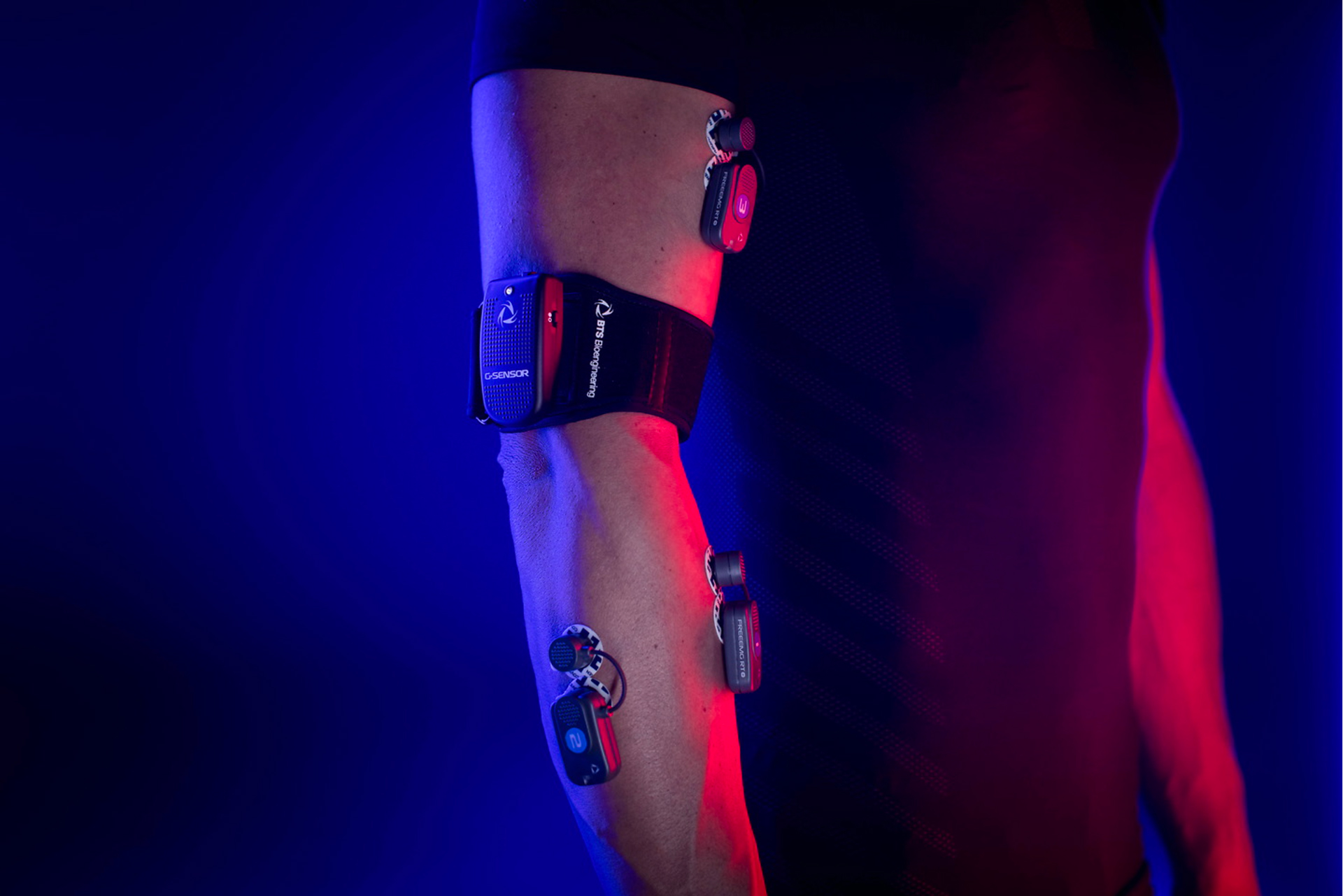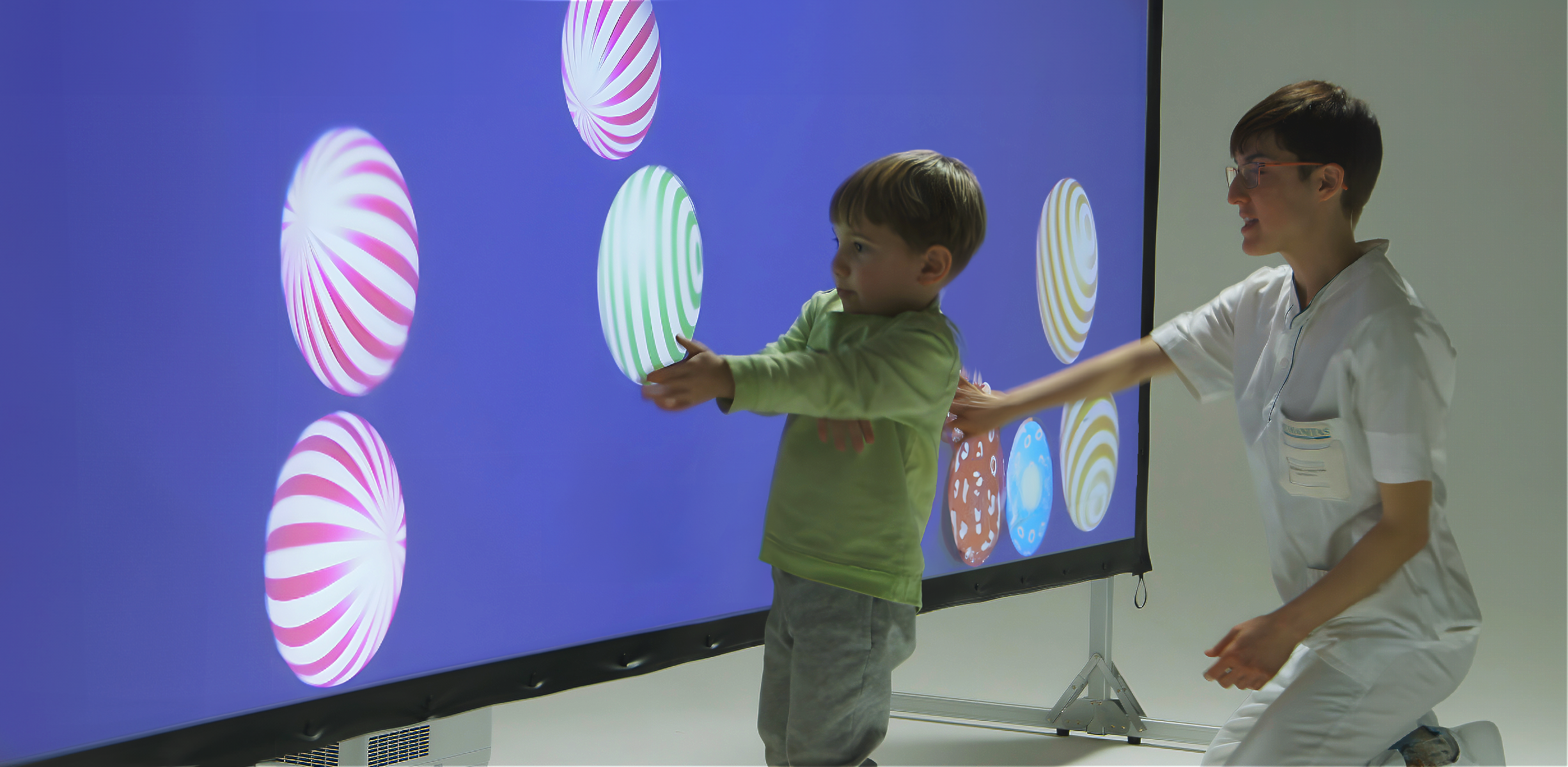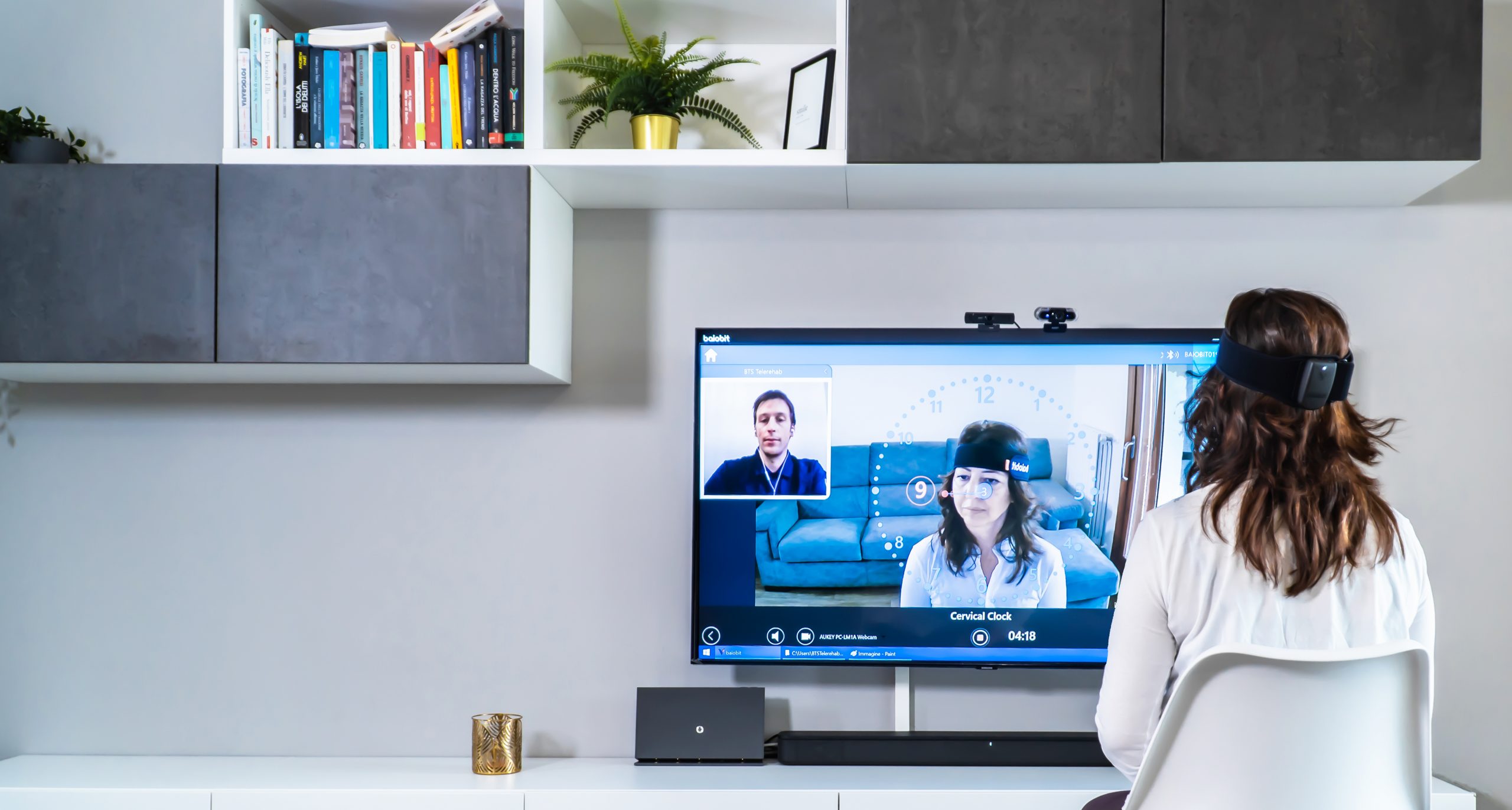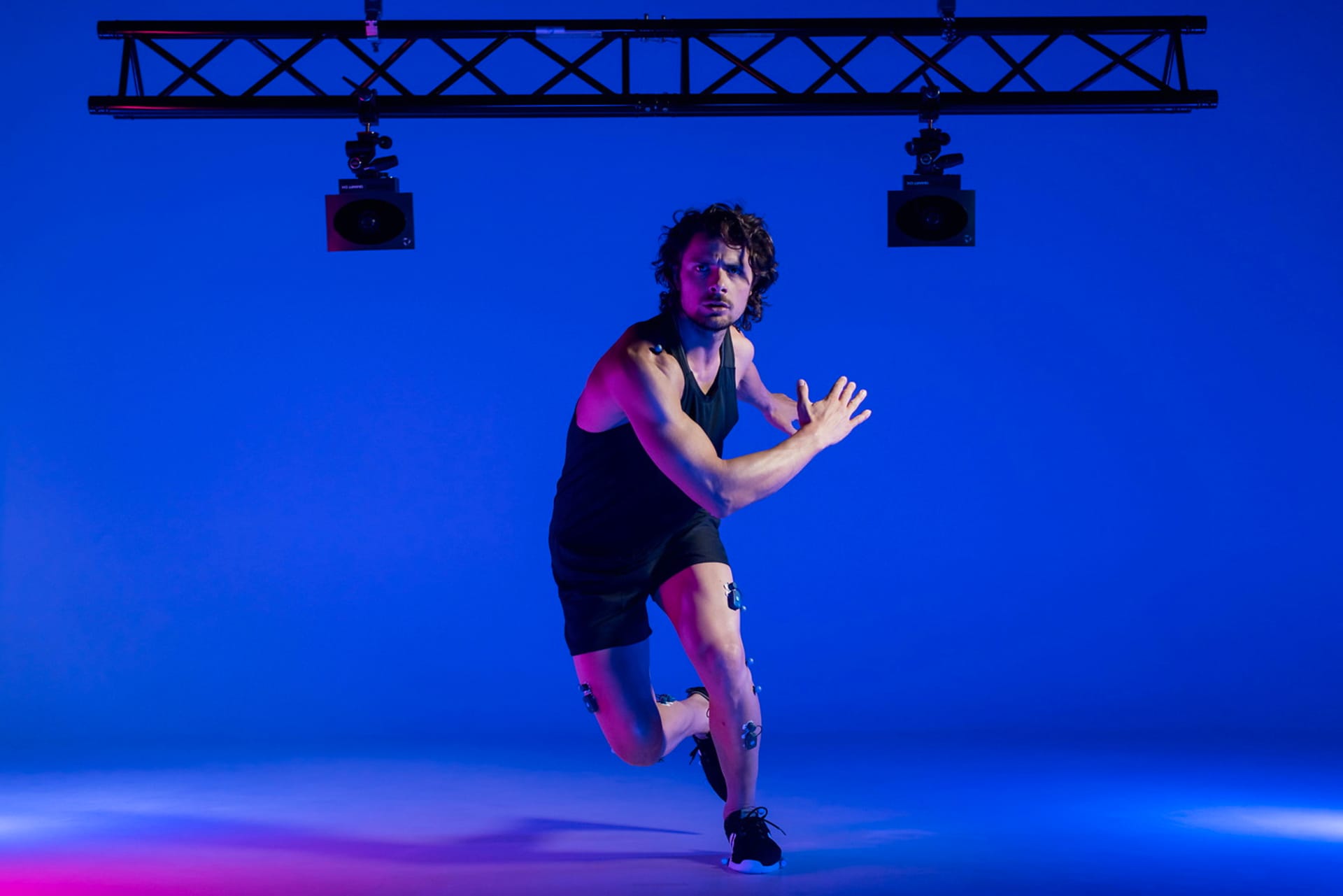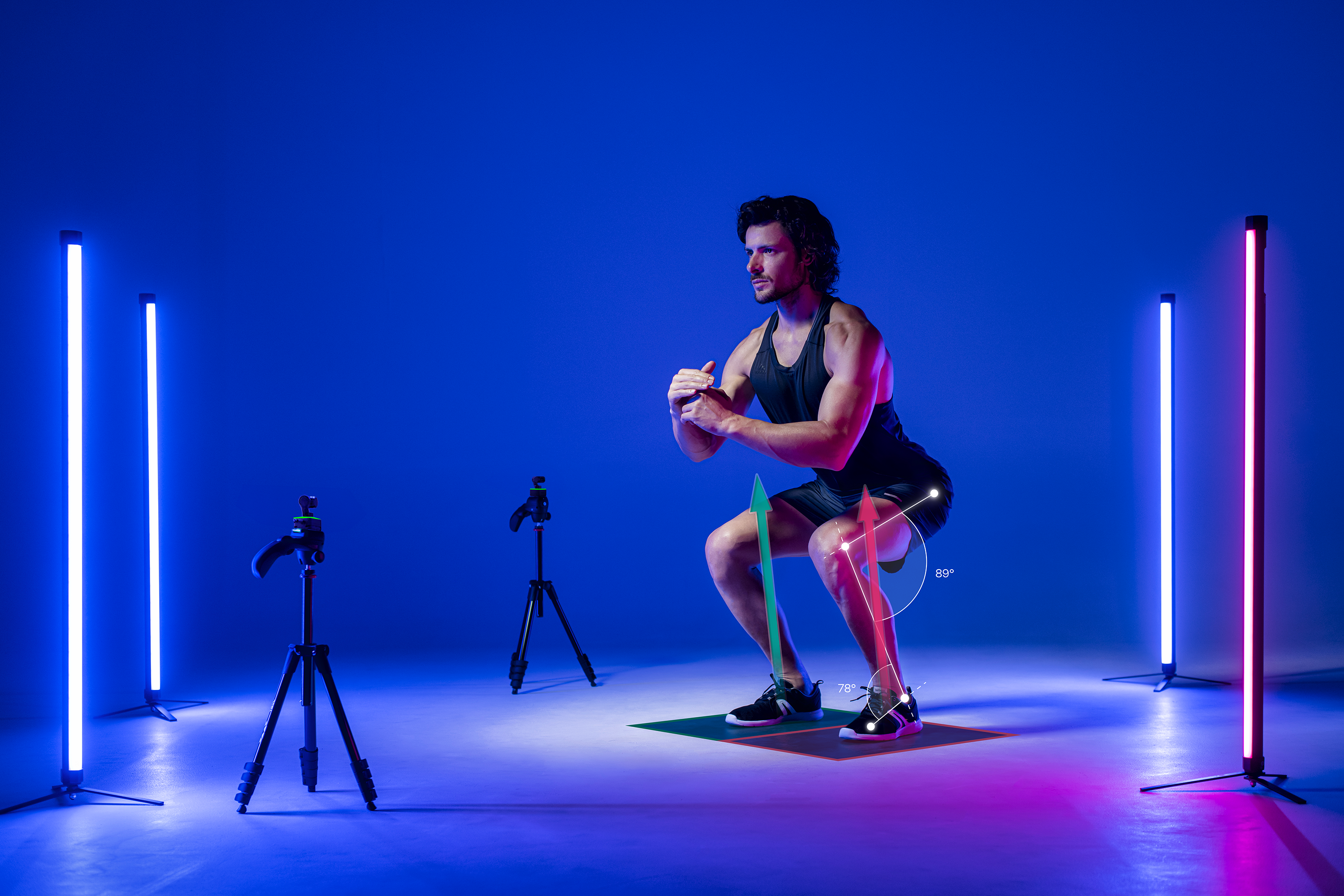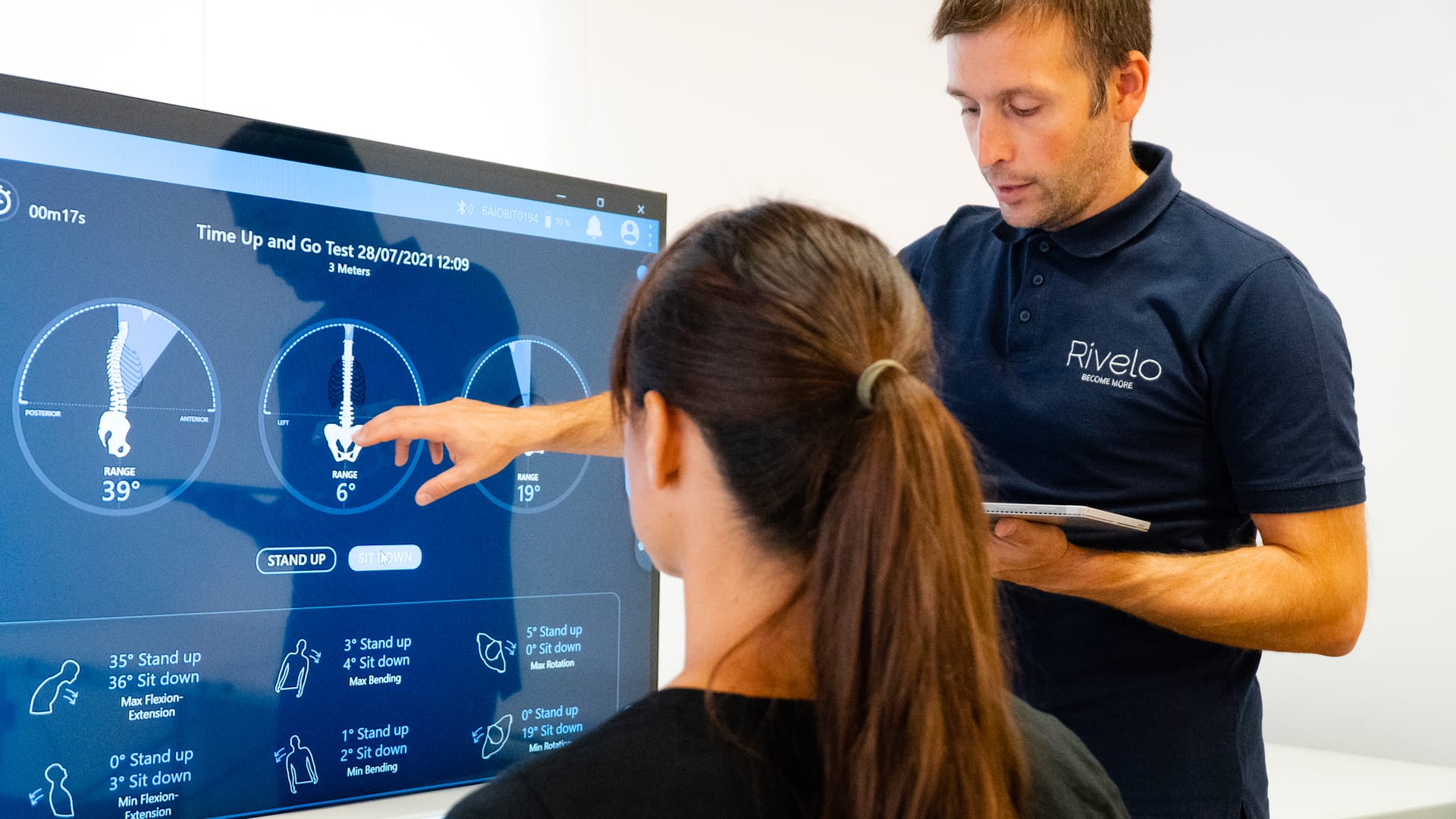Instrumental movement analysis in rehabilitation
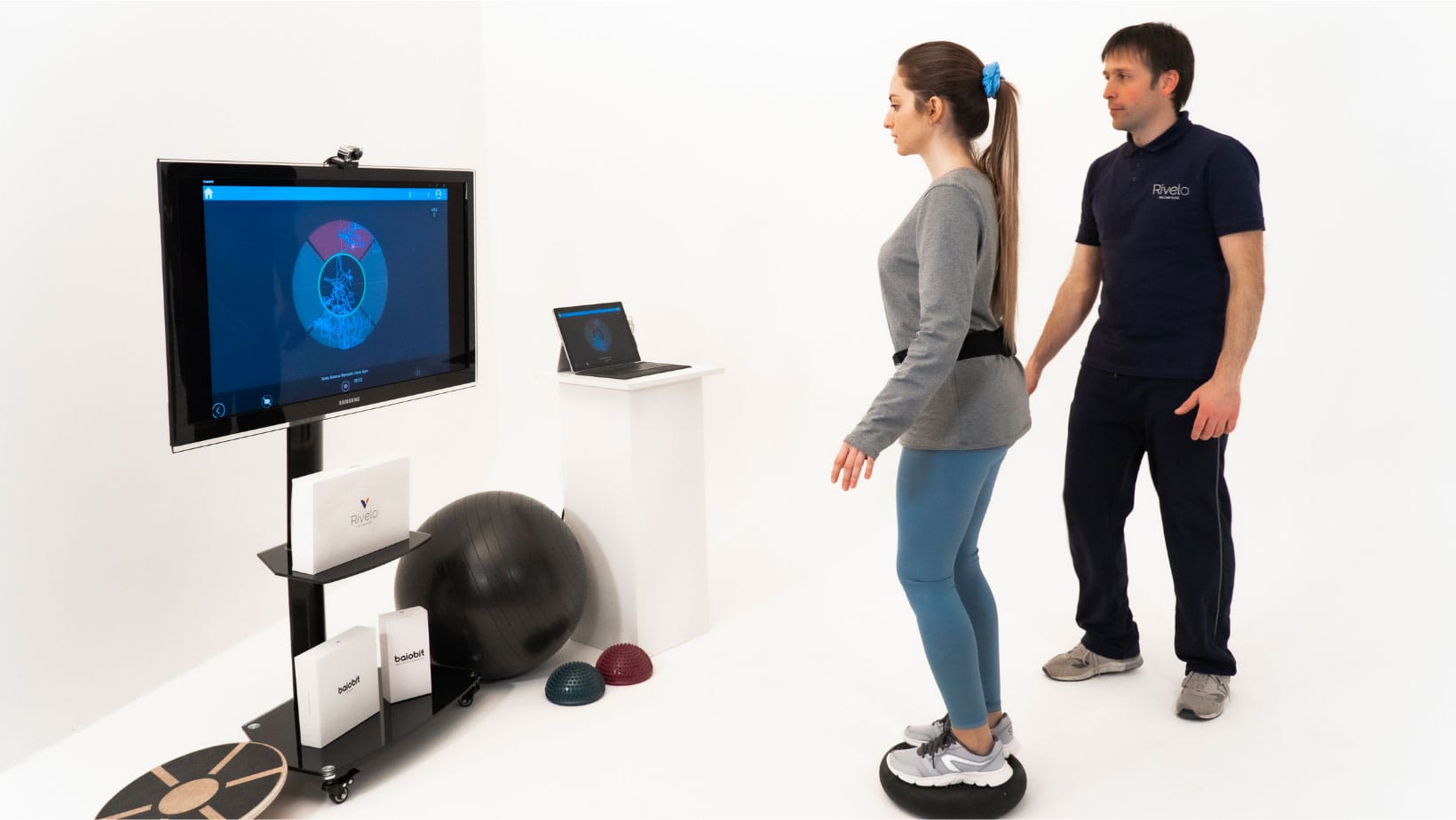
Author: Eng. Alessandro Vagnini
Technological advances in bioengineering have considerably changed the world of healthcare. This also applies to the rehabilitation field, which find these innovations important and an interesting challenge.
Today, there are different types of technological aids for rehabilitation to support clinicians in their daily practice [1]:
- systems for the implementation of movement such as robots and exoskeletons;
- systems for experiential interaction such as virtual reality systems;
- systems for postural and movement analysis;
- tele-rehabilitation systems;
- teleconsultation systems.
This article aims at highlighting the importance of movement analysis systems in the rehabilitation field.
In this context, posture and movement are the key elements to be observed to outline the postural and motor situation of a patient with a particular pathology [2].
Walking and balance in orthostatic position are the most commonly evaluated motor tasks. These are typical gestures of daily life and very important in the clinical setting because they allow for [3]:
- detecting the severity of illness or injury;
- defining a personalized rehabilitation path based on patients’ real needs by choosing from different rehabilitation options;
- assessing the rehabilitation process or the evolution of the disease.
Given the importance of the assessment process in rehabilitation, using only subjective assessments without any type of instrumentation is not enough. The emergence of evidence-based medicine, EBM (Evidence Based Medicine), emphasizes the clinical importance of having quantitative and multifactorial measures available to characterize the motor and postural situation of a given subject.
In this context, the movement analysis laboratories are considered the Gold-Standard of human movement analysis, allowing the integration of 3D multifactorial quantitative assessments [2].
The instruments typically included in a motion lab are [2]:
- Optoelectronic System: systems for the measurement of three-dimensional coordinates of retro-reflective markers that are placed on specific reference points of the body. These systems allow for measuring movement kinematics of the body segments on which the markers have been placed in a very precise way;
- Force platforms: systems for measuring the ground reaction forces when the foot is in contact with their surface. By measuring ground reaction forces and acquiring the kinematics through the optoelectronic system, it is possible to calculate the joint moments and powers;
- Surface electromyography: a system for acquiring the electrical signal associated with muscle contraction during movement through surface electrodes.
Movement analysis laboratories require dedicated environments, but in addition to labs, new wearable technologies for movement analysis are now available allowing for evaluations even outside the laboratories.
An example is inertial sensors [5,6,7,8,9] or wireless surface electromyography. These technologies allow a quick and simple use (generally a few seconds), and require limited economic investments. These tools are essential for carrying out daily assessments (screening) of patient’s movement without neglecting the importance of carrying out a periodical detailed analysis with the motion lab.
The objective data obtained from instrumental measurements allow clinicians to adequately plan the patient’s therapeutic path for a personalized and finalized treatment course [1]. This increases the quality of the service offered. The same data also allow an objective monitoring of progress which can be easily shared among the various health professionals.
In conclusion, movement analysis in rehabilitation is an essential element. In this context, the Movement Analysis Laboratories are still the Gold-Standard today; however, this goes hand in hand with new tools capable of carrying out assessments, even outside the laboratory, allowing for quick and large-scale movement screening.
The scalability and variety of solutions on the market could allow each rehabilitation facility to approach adequately and effectively the objective assessment of patient movement.
Bibliography
- F. Molteni. La tecnologia nel processo riabilitativo: indicazioni, limiti e prospettive. Giornale italiano di Medicina Riabilitativa 2019
- M. Galli. Corso “Laboratorio di Valutazione Funzionale”
- R. Baker. Gait Analysis methods in rehabilitation. Journal of NeuroEngineering and Rehabilitation, 2006
- Gallina P. L’anima delle macchine. Ed. Dedalo 2015
- Cimolin et al. Computation of spatio-temporal parameters in level walking using a single inertial system in lean and obese adolescents. Biomedical Engineering/Biomedizinische Technik, (2017): 62(5), 505-511
- Zago, M., et al. Gait evaluation using Inertial Measurement Units in subjects with Parkinson’s disease. Journal of Electromyography and Kinesiology 2018
